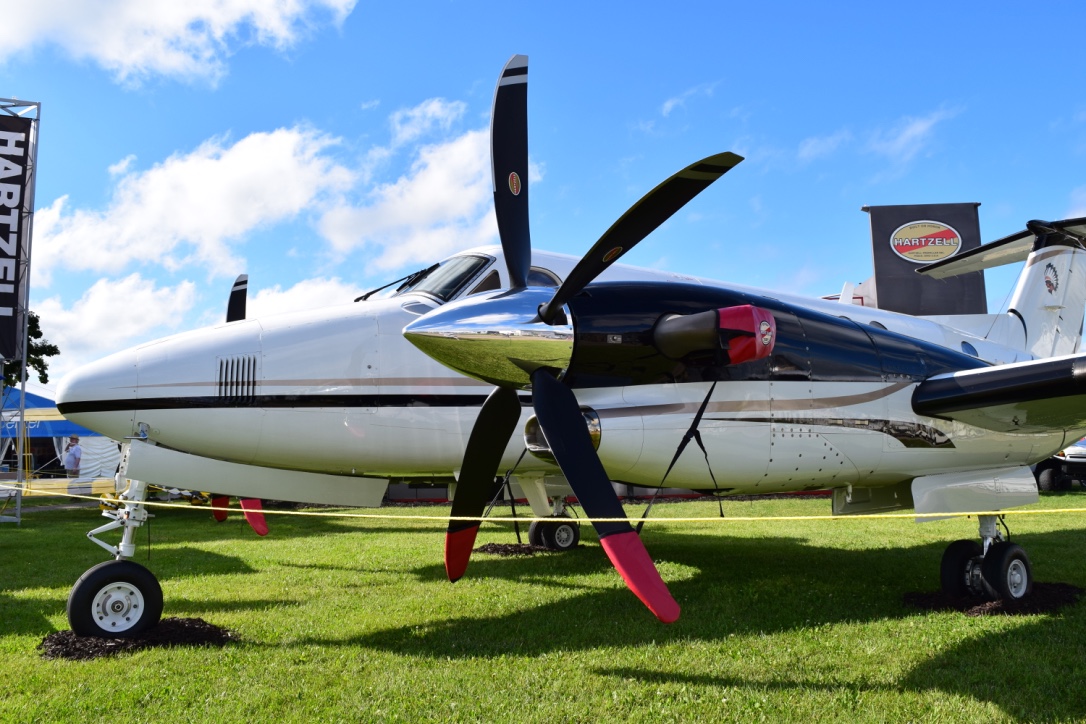
You may already know about the advantages of constant speed propellers over fixed-pitch propellers. But have you ever wondered how a constant speed propeller works? Here’s a brief overview of the basics:
What is a constant speed propeller?
A constant speed propeller is a variable pitch propeller that adjusts the pitch of the propeller blades automatically to maintain a certain RPM. Unlike fixed-pitch propellers, which only operate at optimal efficiency during one stage of flight, constant speed propellers provide peak performance during every phase of flight.
Too much pitch in a propeller creates drag and limits power, while too little pitch forces the aircraft engine to run faster to reach the desired speed. Constant speed propellers eliminate this problem by partly rotating along their longest axis to change pitch and take a greater or lesser “bite” of the air, depending on the airspeed. Nearly all high-performance propeller-driven aircraft have constant speed propellers, which help protect their more powerful engines from excess wear.
How does it all work?
The propeller governor is responsible for telling the propeller what to do by moving pressurized oil back and forth through the propeller shaft. The oil is directed to the propeller where it pushes a piston to alter the pitch of the blades. Once it is set, the governor automatically controls the flow of oil and adjusts the pitch of the blades as necessary throughout the flight, allowing the engine to continue operating at its optimum speed regardless of the airspeed or altitude at which the aircraft is flying. The AOPA provides a helpful diagram of how a propeller governor operates.
Does a constant speed propeller always operate at the same speed?
“Constant speed” doesn’t mean that the propeller always operates at the same speed. Rather, it means that the pilot has the ability to select the appropriate engine speed (RPM) for each stage of flight. This helps ensure the optimal amount of power is used for every given situation, helping to save fuel and improve the aircraft’s performance. For example, during takeoff and climb, the pilot can set a low pitch (higher RPM) for maximum power. Then, in cruise flight, the pilot can set a high pitch (lower RPM), which in turn increases the engine’s torque. The increase in torque helps to slow down the engine and results in better fuel efficiency, especially at high altitudes.
By automatically adjusting the angle of the blades, constant speed propellers can better control RPM levels and provide the appropriate amount of power in all stages of flight, helping to increase the overall fuel efficiency and performance of an aircraft.